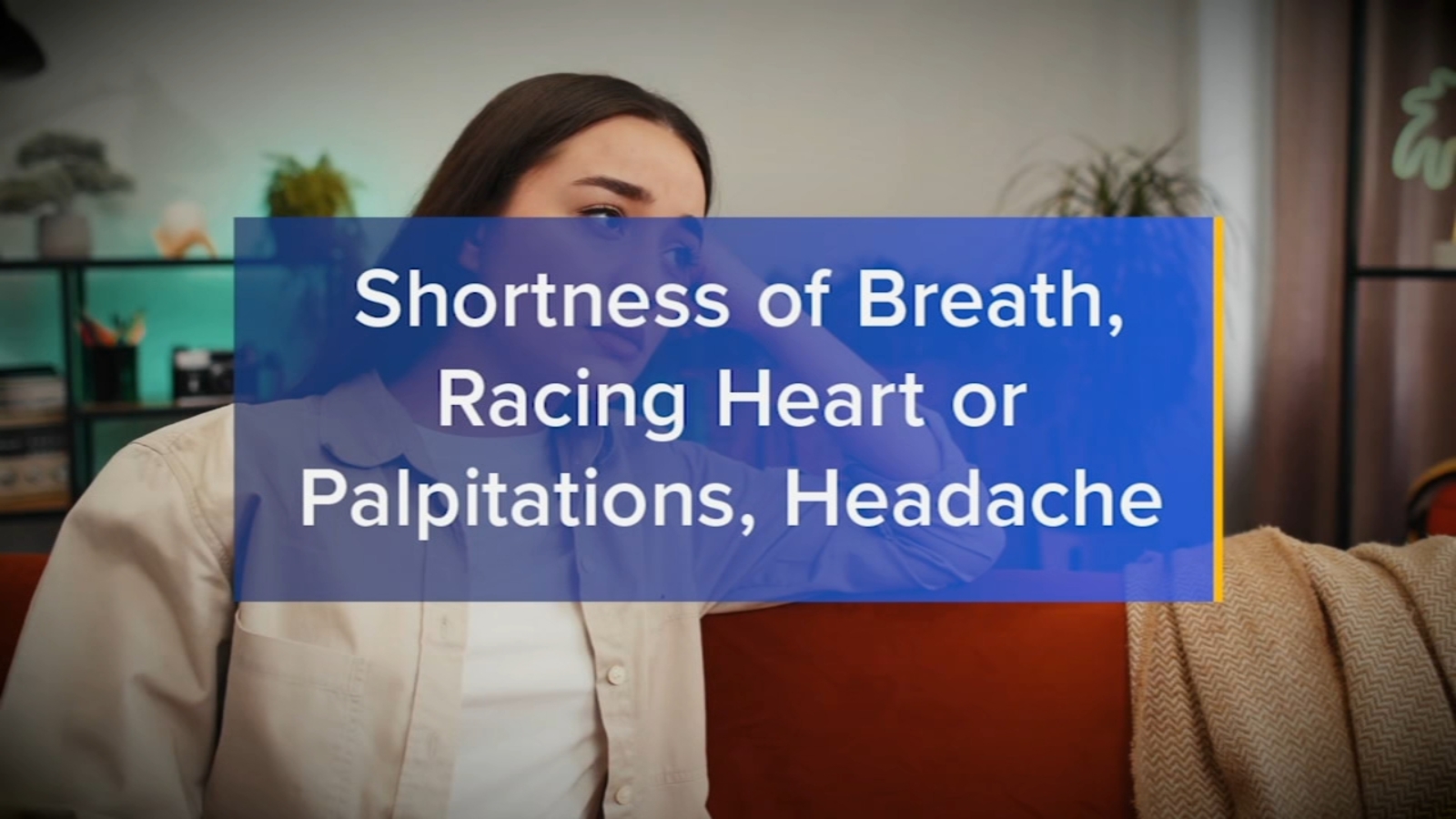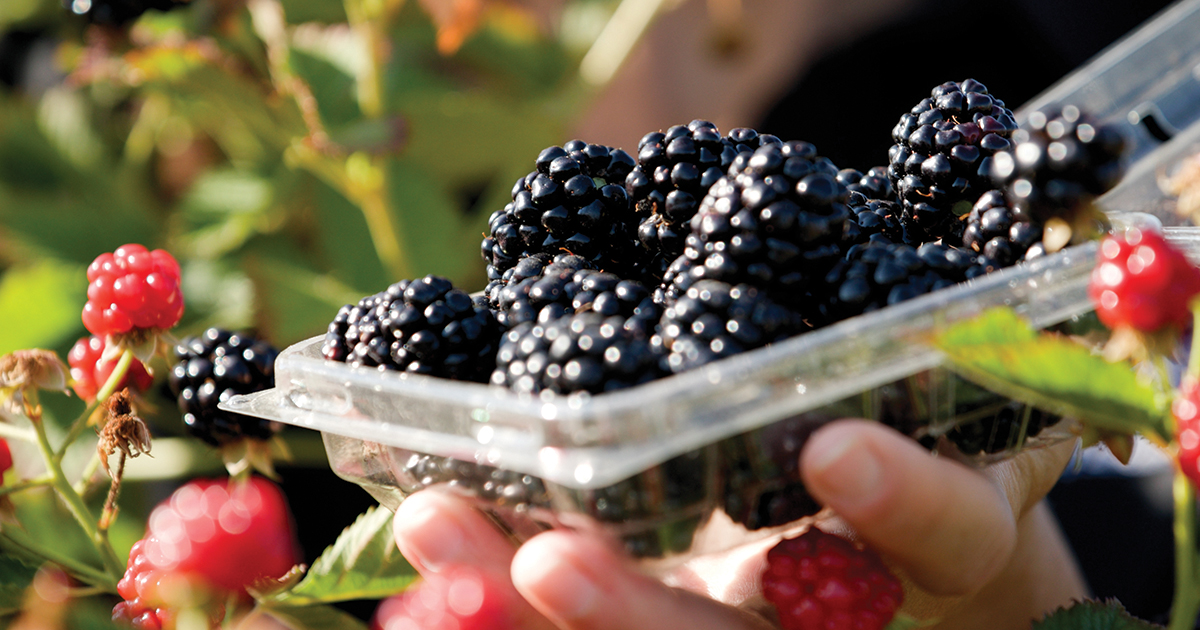Enhancing conservation professionals’ connections, communications, confidence – Iowa State University

Report on the Land Stewardship Leadership Academy and its Contribution to Sustainable Development Goals
Introduction
In April 2025, 24 participants of the Land Stewardship Leadership Academy (LSLA) engaged in an educational tour of Iowa State University teaching farms in Ames, Iowa. The program aims to enhance the skills and knowledge of early-career natural resource professionals by fostering a deeper understanding of agriculture and conservation. This initiative aligns closely with several Sustainable Development Goals (SDGs), including SDG 2 (Zero Hunger), SDG 12 (Responsible Consumption and Production), and SDG 15 (Life on Land).
Program Overview and Objectives
LSLA is a biennial program developed and led by experts at Iowa State University, including Associate Professor Adam Janke, and Extension and Outreach staff Julia Baker and Catherine DeLong. The program’s core objectives include:
- Building relationships between natural resource professionals and farmers.
- Increasing confidence and competence in conservation practices.
- Facilitating interdisciplinary networking and collaboration.
- Developing leadership skills to inspire sustainable stewardship.
These objectives support SDG 17 (Partnerships for the Goals) by promoting collaboration across sectors and disciplines.
Understanding and Communication Enhancement
LSLA addresses a critical gap identified by research: many conservation professionals lack an agricultural background, which can hinder effective communication and collaboration with farmers. The program provides participants with:
- Insight into farmers’ decision-making processes.
- Exposure to the complexities of modern farming, including precision agriculture technologies.
- Opportunities to engage directly with farmer instructors, such as Elyssa McFarland, who brings practical experience managing diversified family farms and navigating carbon credit programs.
This focus advances SDG 13 (Climate Action) by promoting sustainable agricultural practices and enhancing the capacity to implement conservation measures that mitigate environmental impact.
Networking and Cross-Training
LSLA emphasizes the importance of building a professional community among conservationists working in rural and small communities. The program facilitates:
- Networking opportunities across government, nonprofit, and agricultural organizations.
- Cross-disciplinary knowledge exchange to maximize conservation benefits for water quality and wildlife.
Participants like Ethan Thies have reported lasting professional relationships and collaborative projects resulting from the program. These efforts contribute to SDG 6 (Clean Water and Sanitation) and SDG 15 by promoting integrated natural resource management.
Leadership Development
Leadership training is a cornerstone of LSLA, equipping participants with skills to motivate change and foster stewardship. The program defines leadership as inspiring purposeful change and focuses on:
- Building trust through effective communication with farmers and landowners.
- Encouraging conservation retention alongside adoption of sustainable practices.
Participants such as Alex Buseman have gained new perspectives on leadership that emphasize positive landowner experiences and long-term conservation success, supporting SDG 11 (Sustainable Cities and Communities) and SDG 15.
Iowa State University’s Unique Role
LSLA leverages Iowa State University’s Land Grant status, teaching farms, and extensive extension network to deliver a high-quality program. Since its inception, 68 participants have graduated, consistently rating the program highly. Funding sources include ISU Extension and Outreach, the North Central Region Sustainable Agriculture Research and Education Program, the Leopold Center for Sustainable Agriculture, and participant fees.
Conclusion and Future Directions
LSLA exemplifies a successful model for integrating agricultural knowledge, conservation leadership, and professional networking to advance sustainable land stewardship. The program’s alignment with multiple SDGs underscores its contribution to global sustainability efforts. Plans are underway to enhance the program for its next offering in early 2027.
Contact Information
- Adam Janke, Iowa State University Extension and Outreach, 515-294-7429, ajanke@iastate.edu
- Julia Baker, Iowa State University Extension and Outreach, jaclymer@iastate.edu
- Catherine DeLong, Iowa State University Extension and Outreach, 515-294-5963, crdelong@iastate.edu
- Ann Y. Robinson, Agriculture and Life Sciences Communications, 515-294-3066, ayr@iastate.edu
1. Sustainable Development Goals (SDGs) Addressed or Connected
- SDG 2: Zero Hunger – The article discusses sustainable agriculture practices and conservation efforts that support food production and farming livelihoods.
- SDG 6: Clean Water and Sanitation – Emphasis on water quality program management and conservation practices to protect water resources.
- SDG 12: Responsible Consumption and Production – Focus on sustainable land stewardship, precision agriculture, and conservation leadership to promote sustainable farming.
- SDG 13: Climate Action – Mention of carbon credit programs and conservation efforts that contribute to climate mitigation.
- SDG 15: Life on Land – Conservation of natural resources, wildlife habitat, and sustainable land management are key themes.
- SDG 17: Partnerships for the Goals – The program fosters networking, collaboration, and partnerships among conservation professionals, farmers, and organizations.
2. Specific Targets Under Those SDGs
- SDG 2 Targets:
- 2.4: By 2030, ensure sustainable food production systems and implement resilient agricultural practices.
- SDG 6 Targets:
- 6.3: Improve water quality by reducing pollution and minimizing release of hazardous chemicals.
- SDG 12 Targets:
- 12.2: Achieve sustainable management and efficient use of natural resources.
- SDG 13 Targets:
- 13.2: Integrate climate change measures into policies and planning.
- SDG 15 Targets:
- 15.1: Ensure conservation, restoration, and sustainable use of terrestrial and inland freshwater ecosystems.
- SDG 17 Targets:
- 17.17: Encourage and promote effective public, public-private and civil society partnerships.
3. Indicators Mentioned or Implied to Measure Progress
- Number of conservation professionals trained and empowered – The article mentions 68 participants graduated from LSLA, indicating capacity building as a measurable outcome.
- Adoption and retention rates of conservation practices by farmers – Emphasized as important for long-term impact and measured through participant feedback and farmer engagement.
- Water quality improvements – Implied through the work of water quality program managers and conservation efforts.
- Networking and collaboration metrics – Number of partnerships formed and ongoing collaborations among conservation professionals and farmers.
- Implementation of precision agriculture technologies – Use and understanding of advanced farm equipment and sustainable practices as indicators of progress.
- Participation in carbon credit programs – Engagement of farmers in climate-related initiatives as a measure of climate action integration.
4. Table: SDGs, Targets and Indicators
| SDGs | Targets | Indicators |
|---|---|---|
| SDG 2: Zero Hunger | 2.4: Sustainable food production systems and resilient agricultural practices | Adoption and retention rates of conservation practices by farmers; use of precision agriculture technologies |
| SDG 6: Clean Water and Sanitation | 6.3: Improve water quality by reducing pollution | Water quality improvements monitored by program managers |
| SDG 12: Responsible Consumption and Production | 12.2: Sustainable management and efficient use of natural resources | Number of conservation professionals trained; implementation of sustainable land stewardship practices |
| SDG 13: Climate Action | 13.2: Integrate climate change measures into policies and planning | Participation in carbon credit programs; conservation practices contributing to climate mitigation |
| SDG 15: Life on Land | 15.1: Conservation and sustainable use of terrestrial ecosystems | Conservation of wildlife habitats; sustainable land management practices adopted |
| SDG 17: Partnerships for the Goals | 17.17: Promote effective partnerships | Number and quality of professional networks and collaborations formed among conservation professionals and farmers |
Source: cals.iastate.edu

What is Your Reaction?
 Like
0
Like
0
 Dislike
0
Dislike
0
 Love
0
Love
0
 Funny
0
Funny
0
 Angry
0
Angry
0
 Sad
0
Sad
0
 Wow
0
Wow
0


















-1920w.png?#)




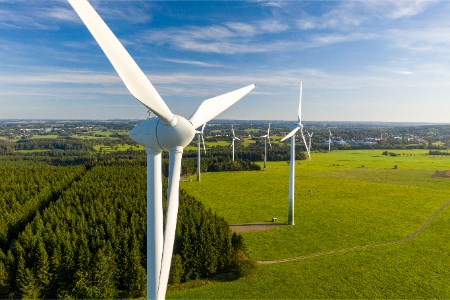

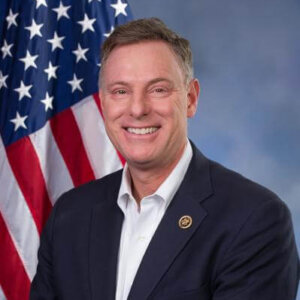


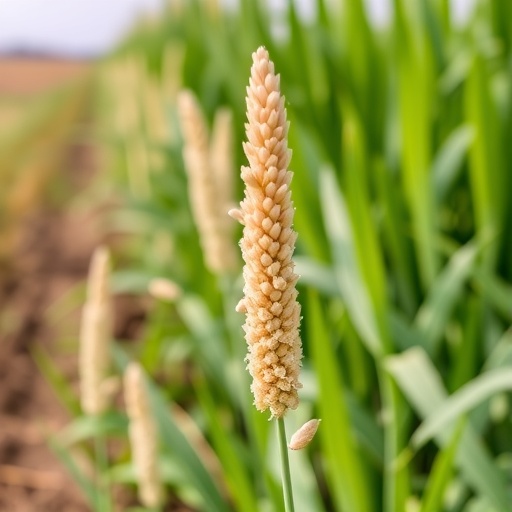








;Resize=805#)








.jpg?h=50da7ea4&itok=DTgFLdpn#)












